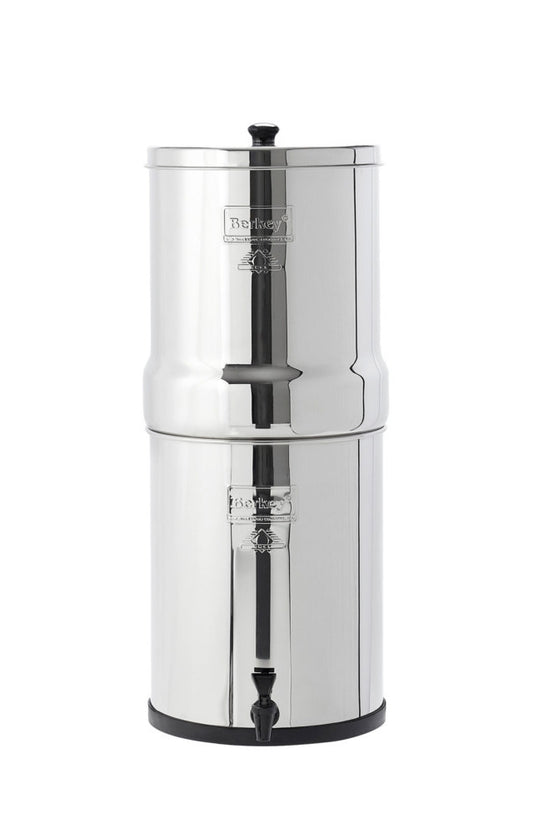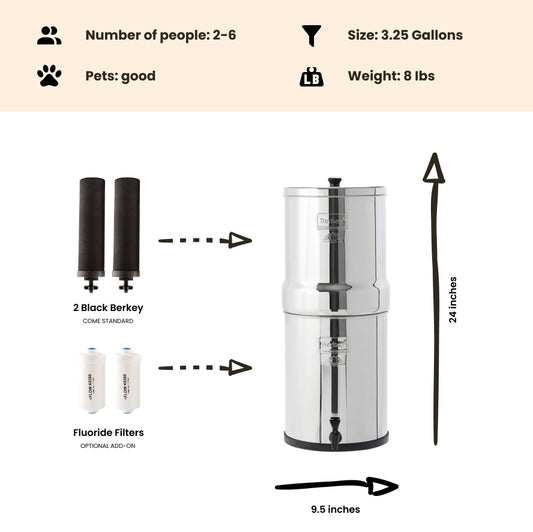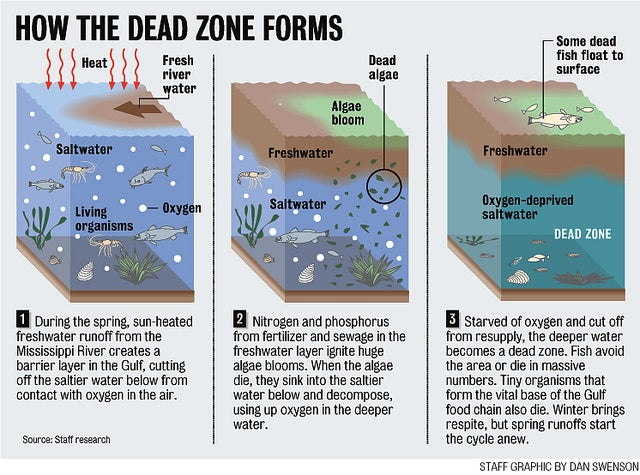
Getting the Balance Right: Managing Watershed Quality to Prevent Coastal Dead Zones
By Dan DeBaunShare
Nitrate-rich agricultural runoff is considered one of the key factors contributing to harmful algal blooms in coastal zones. The Gulf of Mexico is particularly vulnerable to harmful algal blooms for two reasons:
1) It is a large bay with slow water turnover rates, exacerbated by strong onshore winds; and
2) Many of the watersheds feeding into it flow through agricultural lands. Now a new study, which was recently published in the scientific journal Ecology Letters, examines the link between agricultural runoff and harmful algal blooms in the Gulf of Mexico, The study looks at how the silica:inorganic-nitrogen ratio in the water of 130 lakes that feed into the Gulf of Mexico influence nutrient levels in these coastal waters.
The study is important, especially considering that during 2016 the Gulf experienced an above average sized dead zone as a result of a combination of agriculture, algae and weather patterns. Long-term records of water chemistry in the Gulf of Mexico show that the silica:inorganic-nitrogen ratio has changed dramatically over the last century, shifting more towards nitrogen. There are two potential explanations for this shift: 1) silica may be removed by reservoirs and dams dotted along the watershed; and 2) the input of nitrogen (from nitrate-rich fertilizers) from agricultural runoff is so high that it forces the ratio of silica:nitrogen downward. This new study shows that silica is not removed by dams and reservoirs, and that nitrogen levels increase dramatically when agriculture makes up more than 60% of the landscapes feeding into the system.
In coastal zones, such as the Lake Erie and the Gulf of Mexico, high concentrations of dissolved nitrogen fuel algal growth, which leads to oxygen depletion, or coastal dead zones. In normal conditions, where the ratio of silica:nitrogen is in balance, diatoms — which are effectively the lungs of the planet — are able to survive. Yet, when the chemical balance is tipped towards nitrogen, the phytoplankton community is altered. Diatoms — beneficial algae that we want to see in the Gulf of Mexico — thrive when the levels of silica and nitrogen are in balance.
When conditions tend to be more nitrate-rich, other more harmful species of phytoplankton thrive. The research team found that an increase in nitrogen runoff from agricultural fields explains why the Gulf of Mexico is continually plagued by harmful algal blooms. The scientists also identified ways in which landscapes could be better managed to improve water quality in the watersheds and coastal zones they feed into. They recommend that landscapes be managed at watershed level to significantly enhance water quality, particularly during wet years. They also suggest that reservoirs and dams could be key areas to target to diminish nutrient loads without impacting silica concentrations of water flowing into the Gulf of Mexico.
"We need to be vigilant about our land use and water quality," said co-author John Downing, director of the University of Minnesota Sea Grant College Program and the study's principal investigator. "Climate change and increased storminess will likely exacerbate the skewed ratios we found and the extent of harmful blooms in coastal areas if we don't manage agricultural runoff more effectively. Harmful algae blooms cost the U.S. seafood, tourism and health industries over $80 million a year according the National Oceanic and Atmospheric Administration, and we know we can do better."
Journal Reference John A. Downing et al, Low ratios of silica to dissolved nitrogen supplied to rivers arise from agriculture not reservoirs, Ecology Letters (2016). DOI: 10.1111/ele.12689
-
Regular price From $302.00 USDRegular priceUnit price / per
-
Regular price $234.00 USDRegular priceUnit price / per
-
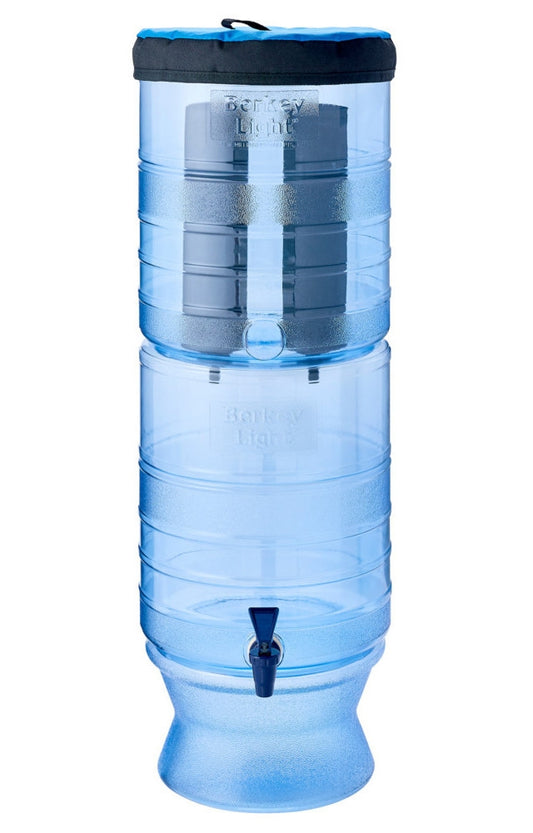
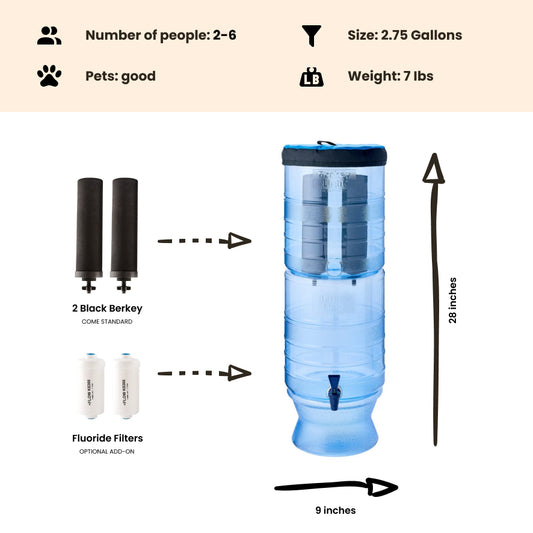 Sold outRegular price From $305.00 USDRegular priceUnit price / per
Sold outRegular price From $305.00 USDRegular priceUnit price / per -
Regular price $327.00 USDRegular priceUnit price / per
-
Regular price From $367.00 USDRegular priceUnit price / per
-
Regular price From $408.00 USDRegular priceUnit price / per
-
Regular price From $451.00 USDRegular priceUnit price / per

Dan DeBaun
Dan DeBaun is the owner and operator of Big Berkey Water Filters. Prior to Berkey, Dan was an asset manager for a major telecommunications company. He graduated from Rutgers with an undergraduate degree in industrial engineering, followed by an MBA in finance from Rutgers as well. Dan enjoys biohacking, exercising, meditation, beach life, and spending time with family and friends.
~ The Owner of Big Berkey Water Filters













